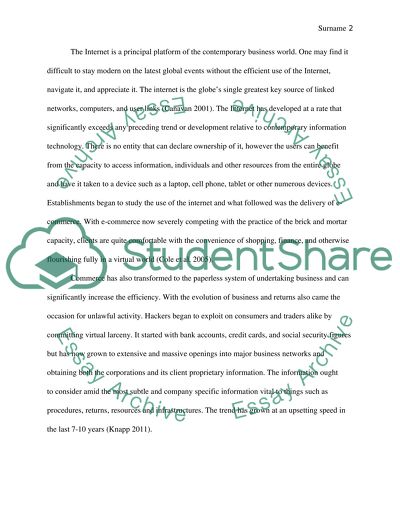Cite this document
(“The security of networking Research Paper Example | Topics and Well Written Essays - 2750 words”, n.d.)
The security of networking Research Paper Example | Topics and Well Written Essays - 2750 words. Retrieved from https://studentshare.org/information-technology/1679552-the-security-of-networking
The security of networking Research Paper Example | Topics and Well Written Essays - 2750 words. Retrieved from https://studentshare.org/information-technology/1679552-the-security-of-networking
(The Security of Networking Research Paper Example | Topics and Well Written Essays - 2750 Words)
The Security of Networking Research Paper Example | Topics and Well Written Essays - 2750 Words. https://studentshare.org/information-technology/1679552-the-security-of-networking.
The Security of Networking Research Paper Example | Topics and Well Written Essays - 2750 Words. https://studentshare.org/information-technology/1679552-the-security-of-networking.
“The Security of Networking Research Paper Example | Topics and Well Written Essays - 2750 Words”, n.d. https://studentshare.org/information-technology/1679552-the-security-of-networking.


